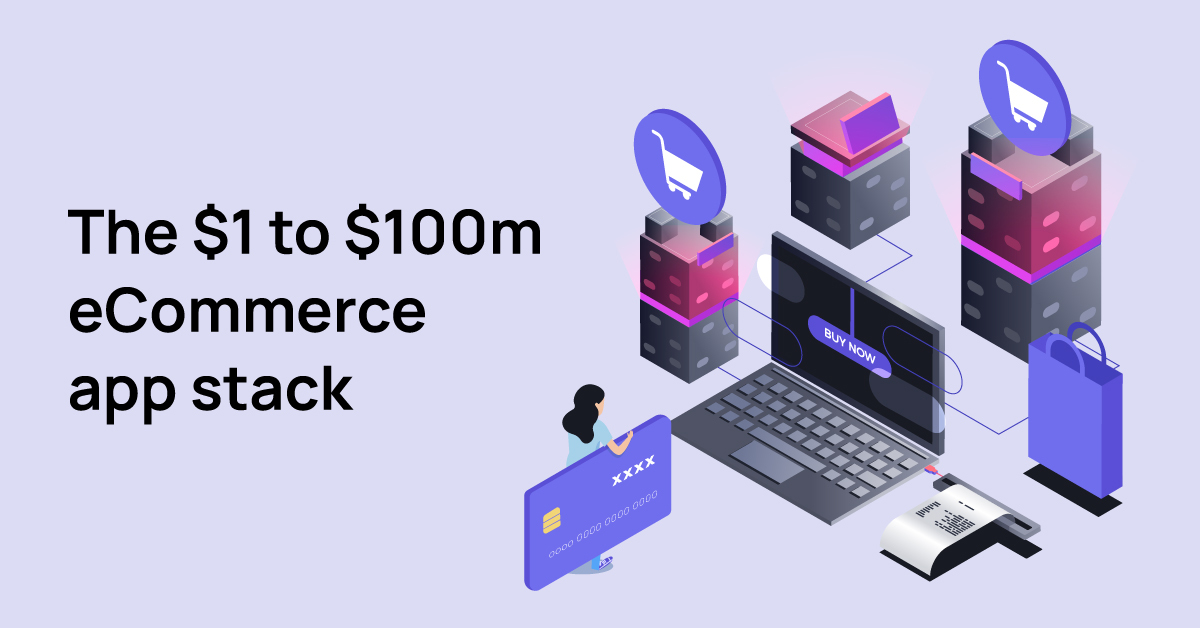
Direct-to-customer/Retail eCommerce sales have been on an absolute tear these past few years. The US alone is set to reach $150 billion in 2022 D2C sales, a 17% increase from 2021. Was this always the case? No, not really! Marketplaces such as Amazon largely forged the path for eCommerce adoption among customers and merchants. They raised tons of capital and built out the infrastructure, processes, technology, and tools to service customers in the comfort of their own homes.
If you were a brand looking to build an online D2C presence a decade back, it was cumbersome and cost-prohibitive enough that a digital store wasn’t even a viable option. Traditional eCommerce platforms were monolithic, a big pain to customise, and required developer support for the minutest of things – which meant that it was only really possible for large enterprises to build and maintain a decent eCommerce store experience.
The emergence of platforms like Shopify completely changed this dynamic. While it was still a monolithic platform in the technical sense, it made it possible for entrepreneurs to not only get their stores up and running quickly in a completely no-code manner — similar to how you can now turn your Shopify store into a mobile app without a single line of code. but also exposed many of the platform capabilities as APIs for third-party technology players to build on top of.
Using plugins such as Klaviyo, Yotpo, Nosto, Algolia, etc. brands could now quickly provide differentiated customer experiences, something that today’s Shopify app builders make even easier by connecting the full tech stack under one roof.
ROI also made sense:
Democratising this brand-customer relationship not only resulted in Shopify’s amazing GMV growth (from $15bn in 2016 to c. $200bn in 2022) but also led to a thriving ecosystem of developer partners that started building apps/plugins to support these merchants. Brands could finally start building independence from established marketplaces and control their own destinies — a shift that paved the way for AI powered no-code app builders and new models of digital ownership.. Huge successes such as Dollar Shave Club, Casper and Warby Parker have further primed customer buying behaviours leading to the continued rise of direct-to-consumer retail.
Cut to November 2022, there are a plethora of options for you to choose from: right from the core eCommerce platform itself (Shopify, BigCommerce, WooCommerce, etc.) to the plugins/apps, you can additionally install on top (8,000+ apps now on the Shopify app store). While this large choice in technology options is a good sign for merchants, choosing what technology tools to use for your specific use case can become overwhelming.
We have scoured the market, ranked them based on customer reviews, and present you the definitive backend tech stack for your $1m to $100m eCommerce business:
While eCommerce penetration has continued to increase over the last few years and substantially accelerated post-2020, consumer expectations have evolved multi-fold as well. In a world where consumers are accustomed to apps like Instagram and TikTok, they aren’t willing to tolerate a sub-par experience and expect delight across every brand touchpoint.
At the same time, increased competition has led to skyrocketing customer acquisition costs. In this hyper-competitive online marketplace and upcoming recessionary environment, the below trends are becoming increasingly clear for a brand:
Savvy customers are switching between brick-and-mortar stores, marketplaces, ecommerce websites, mobile shopping, social media, and more, at the same time. And research shows that customers engaging on multiple sales channels are likely to not only convert better, but also buy at higher AOVs. This typically means: design-first, truly native experiences on whichever device they are on.
To keep up with these omnichannel shoppers, brands need AI-enhanced mobile apps that deliver design-first, native experiences across every touchpoint.
To make things easy, we have curated a recommended no-code frontend stack that will help you build amazing customer frontend experiences:
While tools like Shogun allow brands to quickly build new landing pages for the web storefront, doing that for the mobile channel isn’t straightforward. What if building a native mobile channel was as easy as Shogun’s drag and drop functionality? What if you could engage your customers using push notifications? What if you could drive content+community+commerce all together in this native mobile experience?
We, at Apptile, are building a frontend platform for that paradigm shift, and if interested to know more: please do reach out!
As merchants scale, they naturally demand higher levels of flexibility and control. This is where headless ecommerce comes in. The headless movement decouples the backend from the frontend thereby completely unbundling traditional, monolithic platforms. Building headless gives merchants the ability to pick and choose the services that make the most sense for their business. Many of the core commerce platforms, and plugins/apps we mentioned in this post would change in that scenario – we will cover the enterprise retail tech stack in a subsequent blog post.
If you’re a consumer brand / ecosystem participant and want to talk, or just want some no-strings advice on the D2C tech stack, then drop us a line on LinkedIn or email – we are always happy to chat! 😄
At Apptile, our goal is to empower you to create personalized experiences that showcase your brand in the best possible light irrespective of your business size or budget.
Get started now and create stunning mobile apps in seconds without any coding. Book a demo with our team to see how Apptile can help you transform your business for the mobile era. We would love to hear more about your brand’s mobile app vision and help you bring it to life. Also, follow us to stay ahead of the eCommerce game and join the conversation today!